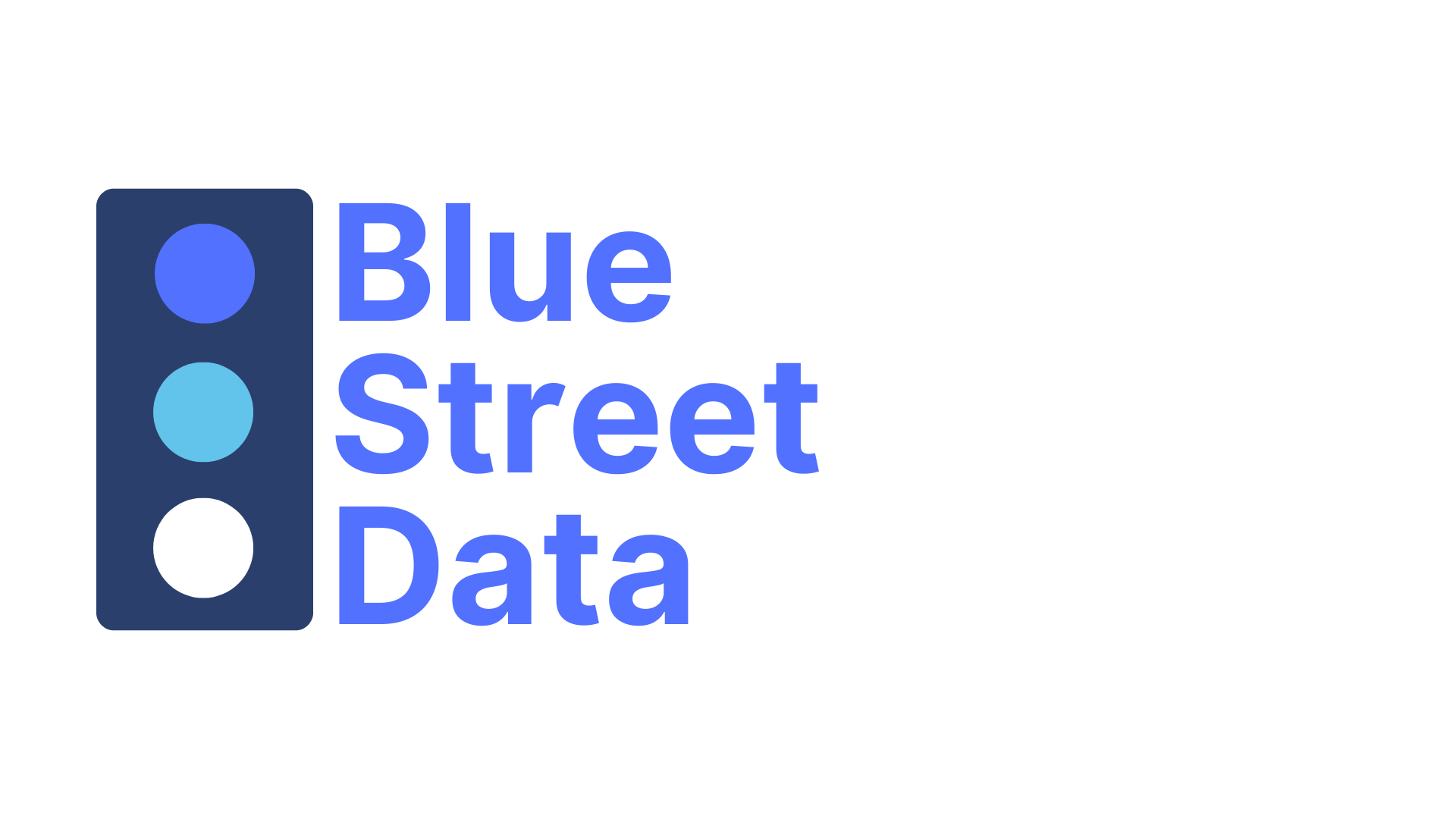When underwriting and pricing insurance, relying only on internal data can mean misjudging risk, mispricing policies, or missing red flags. Third-party data unlocks a 360° view—giving insurers the insights they need to evaluate policyholders more precisely and price more profitably.
🧠 A McKinsey case study found that one large U.S. P&C insurer reduced policy issuance time by 50% and delivered quotes in under two minutes—all by streamlining its third-party data strategy.
Why External Data Makes Underwriting Smarter
When insurers layer external data onto internal systems, they can:
✅ Improve pricing precision by understanding behavioral, environmental, and demographic risk factors
✅ Reduce fraud by spotting anomalies and verifying policyholder-provided data
✅ Speed up underwriting and quoting with automated, data-driven evaluations
✅ Increase customer satisfaction with faster, fairer, and more tailored premium offers
✅ Optimize profitability by continually refining predictive models
How It Works
🔹 Use machine learning models to estimate risk levels based on combined internal and third-party datasets
🔹 Feed risk assessment algorithms with data like accident history, health indicators, weather patterns, and claims trends
🔹 Apply anomaly detection to spot fraud or identify non-compliance risks
🔹 Segment policyholders using socioeconomic and behavioral signals to tailor pricing more accurately
Real-World Impact: Zurich Insurance Adopts External Risk Intelligence
Zurich Insurance Group incorporates property data and other third-party signals to assess risk more precisely—enhancing both their underwriting and customer experience.
📩 Want to deliver more accurate premiums, reduce fraud, and improve speed to quote?
Let’s talk about how Blue Street Data can help you integrate high-quality external data into your insurance pricing workflows.
👉 Talk to a Data Expert
